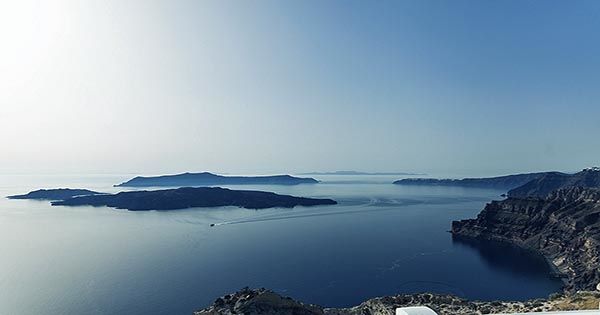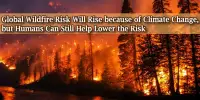A research team at Nagoya University in Japan has exploited disruptions in the Earth’s upper atmosphere to follow the airwaves that trigger tsunami using data from the eruption of the undersea volcano in Tonga in 2022. Their discoveries might enable quicker forecasts of these enormous waves.
When giving tsunami warnings to people in its path, every minute counts. Following the Indian Ocean earthquake in 2004, Sri Lanka was hit by a tsunami in less than two hours from Indonesia. It reached on the coast of Kenya eight hours later.
At least part of the 230,000 victims might have been saved if there had been a means to warn people about the tsunami risks in those remote places.
A research group led by Assistant Professor Atsuki Shinbori, Associate Professor Yuichi Otsuka, and Associate Professor Nozomu Nishitani of the Institute for Space-Earth Environmental Research (ISEE), Nagoya University, in collaboration with the National Institute of Information and Communications Technology and the University of Electro-Communications, believes that it may be possible to predict tsunami faster by tracking the atmospheric disturbances caused by the airwaves they create.
Their results were published in the journal Earth, Planets, and Space. A tsunami disrupts the upper atmosphere, often known as the ionosphere, by deforming the lower atmosphere and producing sound and gravitational wave oscillations.
This region of the atmosphere is also used by radio waves for satellite broadcasting and communications, including GPS. Therefore, the disruptions brought on by a natural disaster result in mistakes in the positioning data provided by GPS satellites.
We captured the signal of the ionospheric disturbance caused by the air pressure wave about three hours before the pressure wave originating from the volcanic eruption believed to have triggered the tsunami in Japan. In short, the significance of these results can be divided into two aspects: the scientific aspect of a coupled system, and the disaster prevention aspect of preparedness for severe events such as tsunamis.
Assistant Professor Atsuki Shinbori
Following the 2022 undersea volcanic eruption off the coast of Tonga in the South Pacific, Shinbori and his team employed satellites and radar to look at these mistakes. They discovered that the underwater volcano’s eruption produced air pressure waves that traveled as far as Australia and Japan.
The lower ionosphere oscillated due to these waves. This caused an electric field to be created, which was then quickly transferred to the upper ionosphere. To their shock, the scientists found that the electron alterations were noticed much sooner than the air pressure waves that were responsible for the tsunami.
Interestingly, the structures of the disturbance over Australia and Japan similarly paralleled one another. They happened almost simultaneously despite being in different hemispheres because they agitated the electrons in the magnetic field lines, which are the magnetic lines that radiate from the south to the north magnetic pole.
The scientists determined the velocity of these disturbances and discovered that the electromagnetic wave along the magnetic field lines moved at a speed of 1000 km/s (621.4 mph). This was far faster than the air pressure wave, which moved at the speed of sound (315 meters (0.2 miles) per second), which is much slower.
“We captured the signal of the ionospheric disturbance caused by the air pressure wave about three hours before the pressure wave originating from the volcanic eruption believed to have triggered the tsunami in Japan,” Shinbori explains.
“In short, the significance of these results can be divided into two aspects: the scientific aspect of a coupled system, and the disaster prevention aspect of preparedness for severe events such as tsunamis.”
Future applications of the technique are already being considered.
“Statistical analysis of ionospheric disturbances during volcanic eruptions and seismic events may make it possible to estimate tsunami wave heights and sizes from ionospheric disturbance signals in the future,” Shinbori says. “Ionospheric disturbances may be a new step forward in tsunami alerts.”
This research was supported by a Grant-in-Aid for Specially Promoted Research (KAKENHI) from the Japan Society for the Promotion of Science (JSPS), which began in FY2016, “Study of dynamical variation of particles and waves in the inner magnetosphere using ground-based network observations (PWING Project).”
















